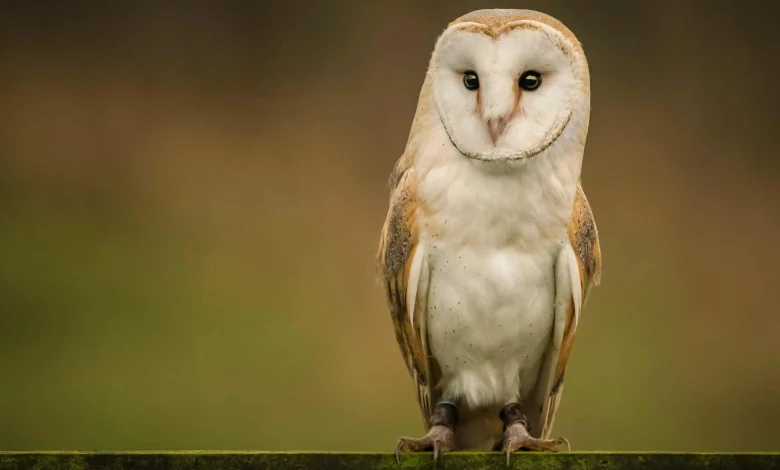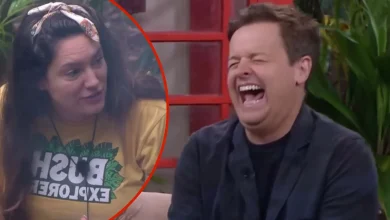Funding scheme opens for 2026 biodiversity projects

Barn Owl
A national fund to support local biodiversity work has opened for applications, with three million euro available to councils for research, habitat restoration and measures to manage invasive species.
The Local Biodiversity Action Fund 2026 is administered by the National Parks and Wildlife Service. It supports local authorities in delivering actions set out in Ireland’s fourth National Biodiversity Action Plan.
The fund, established in 2018, has provided more than thirteen million euro to councils over seven years. In 2025 it backed 262 projects across all thirty-one local authorities. Work included surveys of rare species, efforts to control invasive plants and animals, and measures to restore threatened habitats.
Examples from last year’s round included the Hare’s Corner initiative, which saw seven councils create ponds, woodlands and orchards to support wildlife. Wexford County Council advanced a Nightjar survey at selected sites, with similar work carried out in Tipperary and Waterford. Cork City Council used funding to improve the ecological value of grassland areas as part of the All Island Pollinator Plan. Eleven councils undertook Barn Owl conservation work, while twenty-one councils delivered forty projects focused on the removal and management of invasive species such as Giant Hogweed, Japanese Knotweed, Cherry Laurel and Quagga Mussels.
Minister of State for Nature, Heritage and Biodiversity Christopher O’Sullivan said the 2026 scheme would direct three million euro into communities for practical and locally led action for nature. He said previous grants had supported work on rare birds and plants, the restoration of wetlands and grasslands and measures to protect species such as Barn Owls and Lesser Horseshoe Bats.
Lesser Horseshoe Bat
Minister for Housing, Local Government and Heritage James Browne said the fund helps councils work with communities to protect biodiversity in shared spaces, which he said also benefits public health and wellbeing. He noted the scale of applications supported last year and said collective efforts were needed to meet the ambitions of the National Biodiversity Action Plan.
The closing date for applications is 5th February 2026.
Examples of projects funded in 2025:
- Carlow: Urban Pollinator Network management, including goat grazing trials, tree and perennial planting, and business engagement on greening projects
- Carlow: Survey to record Irish mayfly species with support from anglers and volunteers
- Cavan: Barn Owl monitoring and conservation work including nest boxes and citizen-science mapping
- Clare: “Return to Nature” church-ground biodiversity initiative creating ponds, meadows and orchards
- Cork City: Removal of Himalayan balsam and restoration planting with native species
- Cork County: Amphibian habitat enhancement at Gallanes Lough with new ponds and hibernation sites
- Dublin City: Invasive species control in Tolka Valley and Cardiff Park
- Dublin City: Otter survey using genetic analysis of spraint from local rivers
- Dun Laoghaire: Habitat restoration in Fitzsimons Woods for reptiles and amphibians
- Galway City: Training for councils on reducing artificial light pollution
- Galway County: Removal of non-native Alpine newts from local water bodies
- Kerry: Dune protection and coastal conservation aimed at reducing visitor impacts
- Kildare: Hydrology and ecology project at Leixlip Spa with wetland monitoring
- Laois: Japanese Knotweed treatment and monitoring programme
- Leitrim: Habitat creation and restoration work in north Leitrim
- Longford: Woodland bat monitoring as part of a national scheme
- Mayo: Multi-year invasive species programme on the West Connacht Islands
- Mayo: County-wide hedgerow survey assessing condition and ecological value
- Waterford: Wetland restoration in Dungarvan including saltmarsh surveys and rewetting
- Waterford: Freshwater Pearl Mussel hatchery support and habitat assessments
- Westmeath: Biodiversity management on council lands including surveys, scrub control and habitat planning
Share this WeathÉire story:
Copied
Tags:
Barn Owl,
Carlow,
Cavan,
Christopher O’Sullivan,
Clare,
Cork,
Donegal,
Down,
Dublin,
Dungarvan,
Dún Laoghaire,
Fitzsimons Woods,
Gallanes Lough,
Galway,
Japanese knotweed,
Kerry,
Kilkenny,
Leixlip,
Lesser Horseshoe Bat,
Limerick,
Mayo,
Meath,
Offaly,
Pearl Mussel,
Roscommon,
Sligo,
Tipperary,
Waterford,
Westmeath,
Wexford





